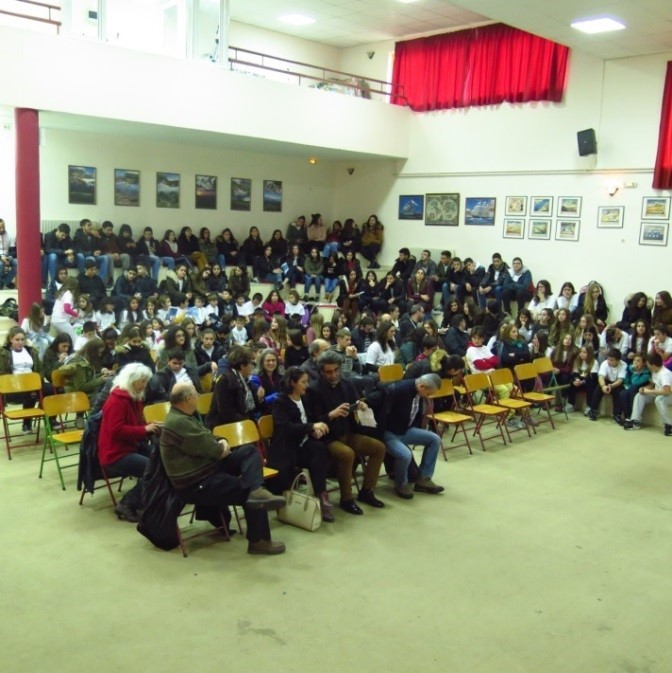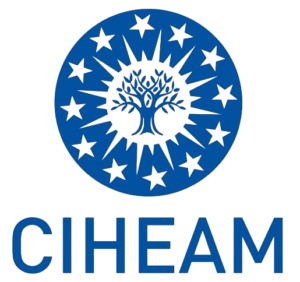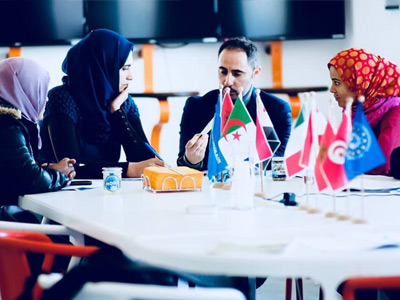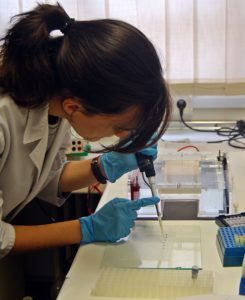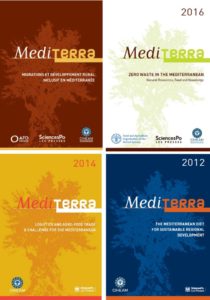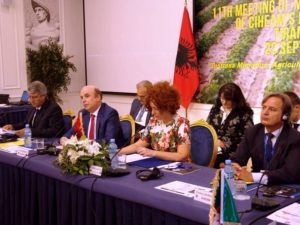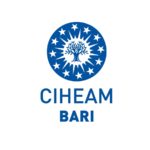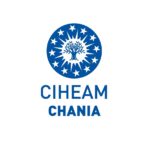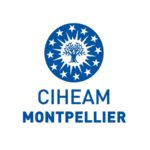Project for the conservation of the unique population of the plant Horstrissea dolinicola in central Crete
Horstrissea dolinicola is an endemic plant of Crete which is found only in a restricted area at the location “Petradolakia” of the Municipality of Anogeia in Psiloritis mountain at an altitude of 1500 m.
It has been categorized as Critically Endangered according to IUCN and is also considered one of the Top 50 most endangered plants on the Mediterranean islands. The species is considered important and unique as it is one of the few endemic genera of the flora of Greece.
The Mediterranean Plant Conservation Unit (MPCU) of CIHEAM Chania has contributed to the study and conservation of the plant since 2000
Seeds of the plant are stored in the Seed Bank of CIHEAM Chania and its reproductive biology has been studied. Recently, the MPCU implemented conservation actions to reinforce the population in its natural habitat in the framework of the project CARE-MEDIFLORA, funded by theMAVA Foundation (2016-2019).
During this project, a close collaboration was developed with the local stakeholders, the Municipal Authority and the local shepherds, who agreed that this unique element of the area's natural environment should be protected and they removed some disturbing livestock installations. In addition, there has been close cooperation with the Decentralized Administration of Crete - Rethymnon Forest Directorate, which has led to the legal protection of the main areas in which the plant is located. They have been proposed to be classified as "Protected Physical Formations" (Greek law 1650/1986 as amended by law 3937/2011), and final approval is pending.
MOHAMED BIN ZAYED SPECIES CONSERVATION FUND
Now, partial funding has been granted to the MPCU of CIHEAM Chania by the Mohamed bin Zayed Species Conservation Fund in order to continue its conservation actions for Horstrissea dolinicola until 2022. The Fund is an innovative philanthropy of the United Arab Emirates which provides small grants to species conservation projects for the world’s most threatened species.
GENERAL OBJECTIVES OF THE NEW PROJECT
- Gathering information about the dynamics of the population, ie how and why the size of the population changes over time. This information is necessary for any conservation action and can be collected through long-term population monitoring.
- Improving knowledge about population size and geographical distribution. This information is vital to the design of a species conservation program and site management.
- Minimizing the risk of plant extinction through population size enhancement actions, for example by planting new individuals.
- Studying the effects of grazing on population size as it is essential for any management decisions related to agriculture activities in the area.
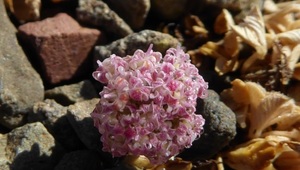
Horstrissea dolinicola inflorescence

Actions for population reinforcement of Horstrissea dolinicola
